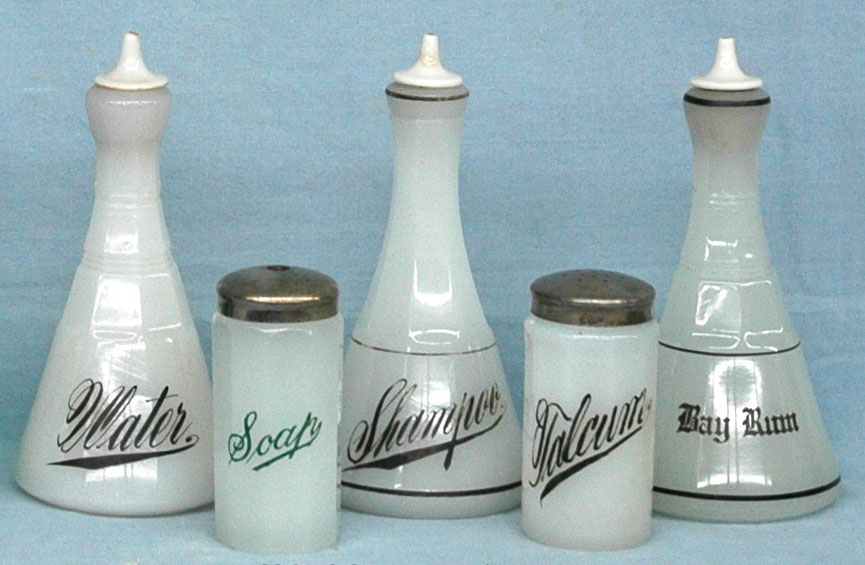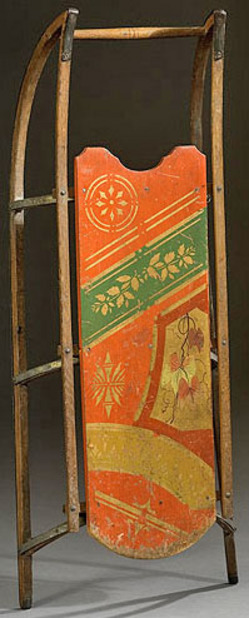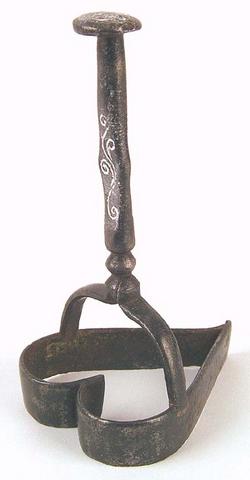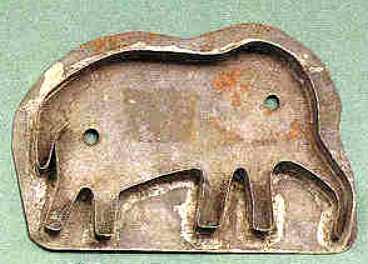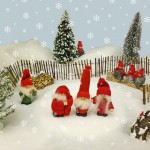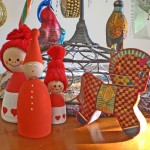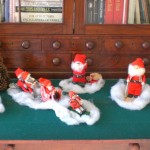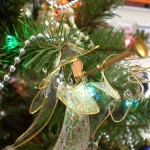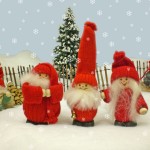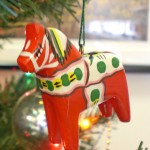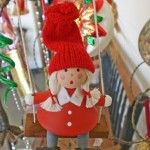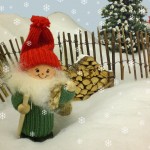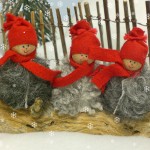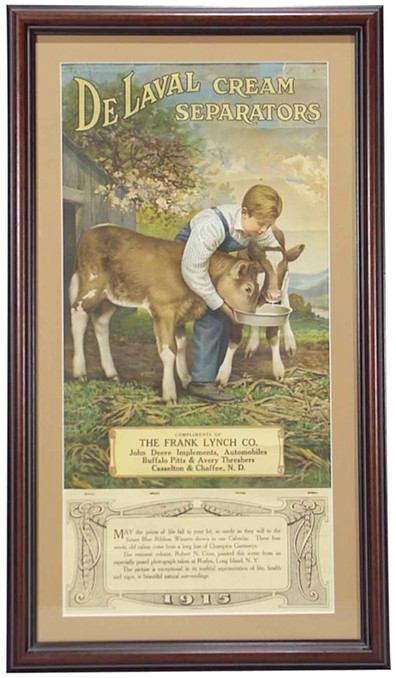 Calendars are on sale everywhere this time of year: desktop calendars, day calendars, wall calendars, all with majestic photos or office jokes or beer-of-the-day recommendations. We mark them up and tear them up, not paying much attention to the art work surrounding them, but a century ago, some of the finest American artists, household names today, were plugging away as illustrators, taking commissions to create beautiful images for display above calendars.
Calendars are on sale everywhere this time of year: desktop calendars, day calendars, wall calendars, all with majestic photos or office jokes or beer-of-the-day recommendations. We mark them up and tear them up, not paying much attention to the art work surrounding them, but a century ago, some of the finest American artists, household names today, were plugging away as illustrators, taking commissions to create beautiful images for display above calendars.
Advances in printing and manufacturing allowed for an explosion of advertising material starting in the late 1800s, and by the early 20th century, companies were giving away all manner of things, including wall calendars. Companies like Coca-Cola capitalized on the fresh-faced “It” girl images, DeLaval Cream Separators went in for pastoral barnyard scenes like the one pictured here, while firearms-related businesses like Winchester and the Peters Cartridge Company cranked out dramatic depictions of hunters in the field.
If these images sometimes look like illustrations for novels, that’s not a coincidence. For the first time, artists found they could support themselves financially, and hopefully find enough free time to pursue their own visions, by taking commercial illustration jobs, and they worked on advertising calendars as well as books. Legions of great American artists benefited from this newfound source of income, and as a result, today’s collectors not only search out advertising calendars from specific companies, but from specific artists as well. For example, this Winchester calendar was done by A.B. Frost, who worked as a painter, illustrator, and cartoonist, while Edmund Osthaus (see our reference note on him here) did work like this calendar for DuPont; Osthaus’s calendar illustrations occasionally bring almost as much as his sporting art paintings! Even Norman Rockwell did calendar illustrations, so who knows what future artist may be creating the images for your desk calendar?
-Hollie Davis, Senior Editor, p4A.com

